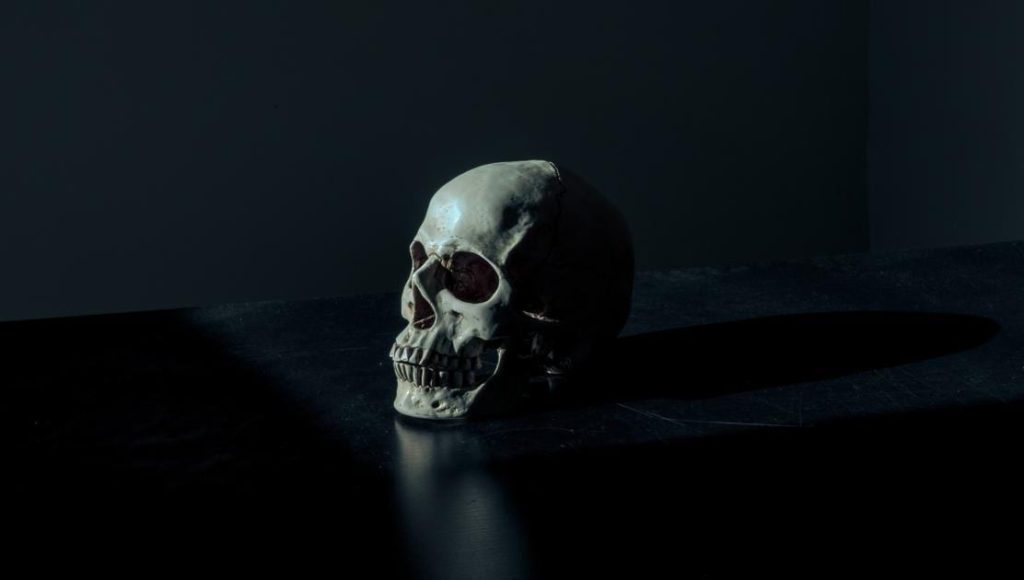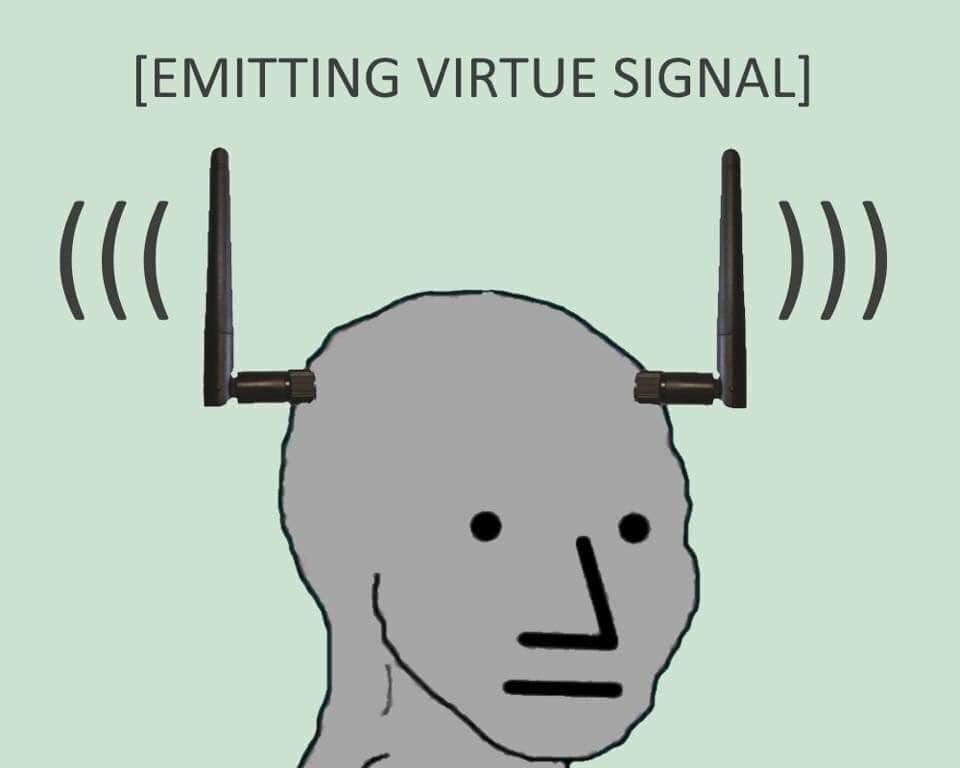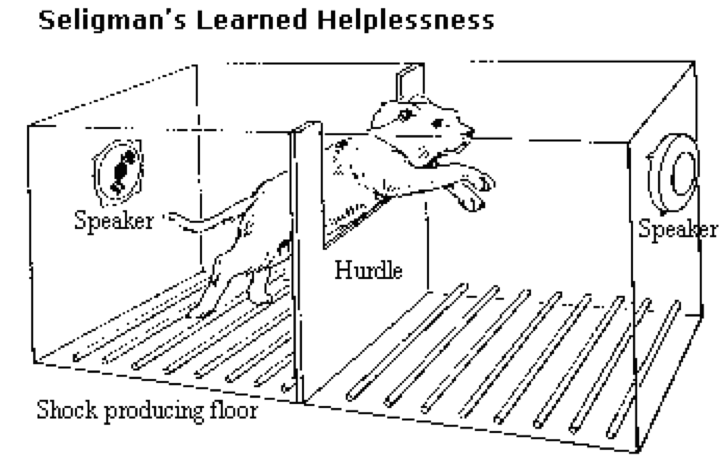
A fear of death can cripple anyone who has become spiritually aware. Foreknowledge of one’s inevitable demise can seem to make all of our actions in this world meaningless. The greatest test of merit of any spiritual tradition is that it assuages a person’s fear of death. The Elementalist conception of death is that it both is, and isn’t, something to be feared.
Death is both terrifying and inevitable, and all the more terrifying because it is inevitable. It casts a shadow over every single action – or inaction – we take on this planet.
The inevitability of death means that nothing we achieve or acquire here can ever be permanent. It means that no matter how many billions we collect, or how many children we produce, or how many awards and honours we rack up, all is rendered to null upon the expiration of our physical bodies. Death will separate us from all.
The Elementalist doesn’t take this fact as cause for despair, but rather as cause for quiet rejoicing. Socrates said that the purpose of philosophy was to prepare oneself for death, and, to this end, Elementalism has specific, defined teachings about death and the nature of death.
Central to Elementalism is the knowledge that consciousness is the prima materia, and the material world merely a set of sensory perceptions within that consciousness, in the same way that a dream is. The physical bodies of each of us are merely sets of perceptions within consciousness, and these perceptions will come and go like any other.
Consciousness is outside of space and time, and therefore is not affected by whatever part of the Great Fractal it happens to be perceiving. To the contrary – the Great Fractal comes alive when it is perceived by consciousness. This means that our physical bodies can never really die, because consciousness will always dream them up again.
The Elementalist conception of death accords with the line in the Bhagavad Gita, which states: “Never have you existed not.” The true self is the consciousness that endures through all the changing perceptions; the false self is the current physical body and the identity that goes with it.
Therefore, the Elementalist’s faith in reincarnation is absolute. As such, the death of this particular physical form is not to be feared. It may even be something to be looked forward to – the death of one’s physical body in this realm might allow one to achieve a higher form in another realm. In any case, the Elementalist knows that they will get what they deserve, in line with the Law of Associative Reincarnation.
Elementalists maintain that all things existing in our world are just shadows of eternal forms that exist elsewhere in the Great Fractal. There are multitudinous dimensions of existence above (and below) the one in which we find ourselves now. One’s physical death here might cause one’s consciousness to ascend to a higher level, in which case it will incarnate into a less flawed form of the same body.
These beliefs mean that Elementalists have a different conception of grief to that of First and Second Hurdlers.
Our friends and family members, when they die, are only gone from us in the most immediate and most physical sense. They – and their frequency – still exist in the Great Fractal. Not only do the consciousnesses that we interacted with during this life still exist, but all the frequencies of consciousness that we interacted with still exist.
All possible aspects of every possible life are being experienced in every moment by God. As such, all of the consciousnesses and frequencies of consciousness that we engaged with in this life will reunite with us after death, as we reunite with God.
God can be thought of, in this context, as the source of all consciousness and of all frequencies of consciousness. In the same way that white light contains all other frequencies of light, God contains all spiritual frequencies. Even if a friend or family member should die young, their frequency still exists within God – and even in forms which did not die young.
A person might lose their attachment to a particular physical form when that form dies, but then, being freed from that form and reunited with God, that person will also become reunited with all the other frequencies that were encountered during that person’s previous life – or lives.
The easiest way to conceptualise the Elementalist understanding of death is as follows. Imagine climbing an arduous mountain trail and, after what seems like almost a century, coming to a mountaintop. Upon reaching the mountaintop, you are reunited with all the friends and family that you ever had, in every previous life.
Death is much like arriving at this rest space at the top of this mountain. From this vantage point, it’s possible to see, stretching off into the distance, all of your previous lives, as other valleys. Every time the trail descends and then rises again represents another life. With the right vision, it’s possible to see previous lives stretching off into infinity.
After an unknown length of time in this higher dimension serving as a rest space, another descent into a valley will be made (i.e. another journey into a lower dimension will be made), and that will be experienced as another life, wherein the true nature of reality will again be forgotten – and then again remembered.
This is all there is to life. To be one with God, and one with all the frequencies that resonate in harmony with your own, and then to separate from this state of congregated bliss and to enter into an illusionary world of suffering, only to awaken and return to God again. Elementalists call this pattern the Cosmic Dance, and we all dance it, even if we’re not very good at it.
Death is not to be feared, but the correct response to this fact is not callous indifference. The correct approach to death is to live with the highest possible frequency of consciousness: one that values life, but at the same time does not forego rectitude on account of the inevitability of physical death. Such an approach will lead to reincarnation among the highest possible frequency of beings.
*
If you enjoyed reading this essay/article, you can get a compilation of the Best VJMP Essays and Articles of 2019 from Amazon for Kindle or Amazon for CreateSpace (for international readers), or TradeMe (for Kiwis). A compilation of the Best VJMP Essays and Articles of 2018 and the Best VJMP Essays and Articles of 2017 are also available.
*
If you would like to support our work in other ways, please consider subscribing to our SubscribeStar fund. Even better, buy any one of our books!




